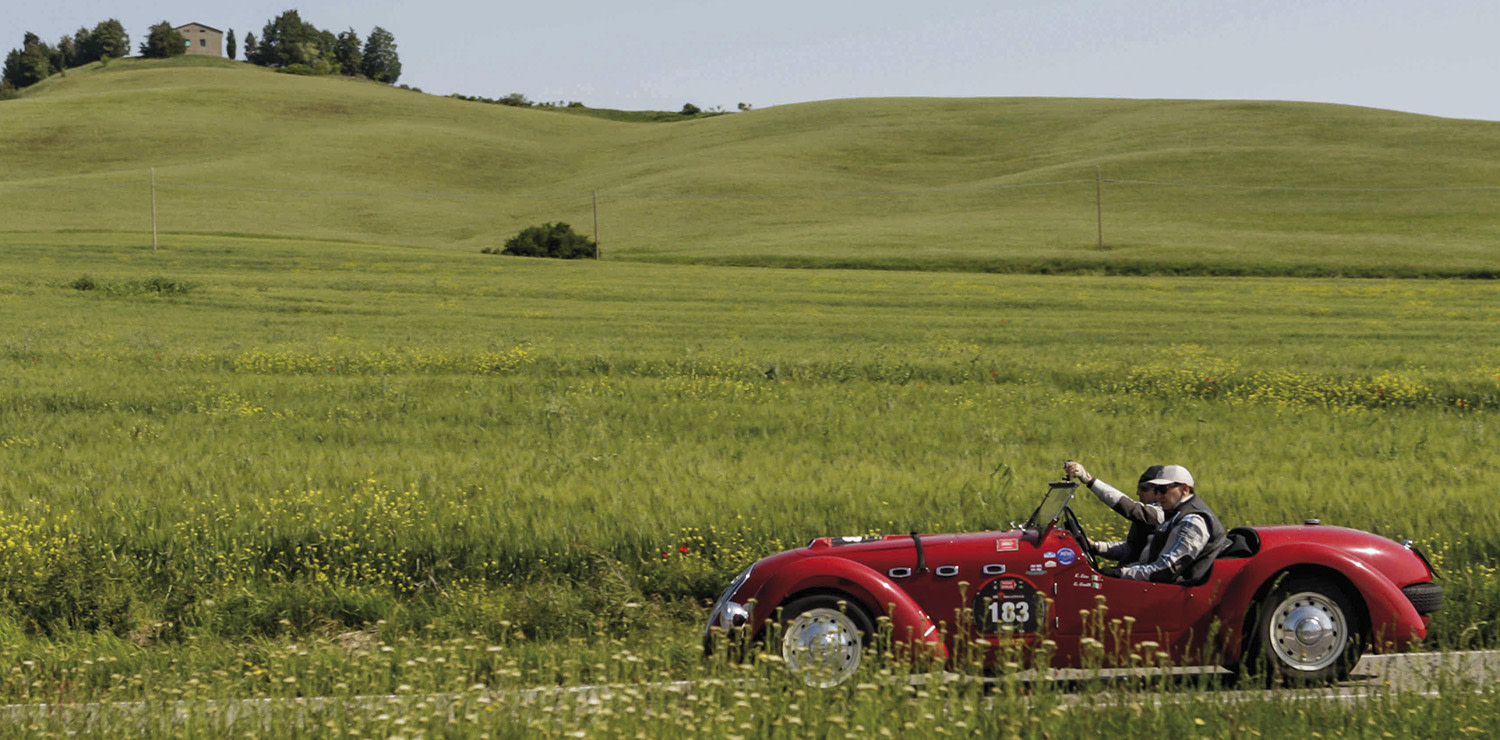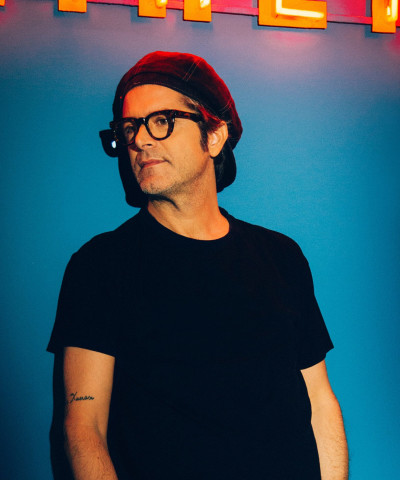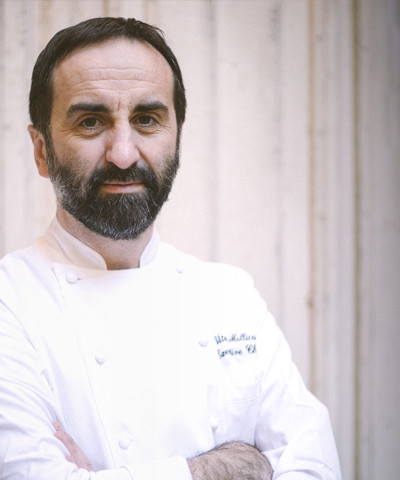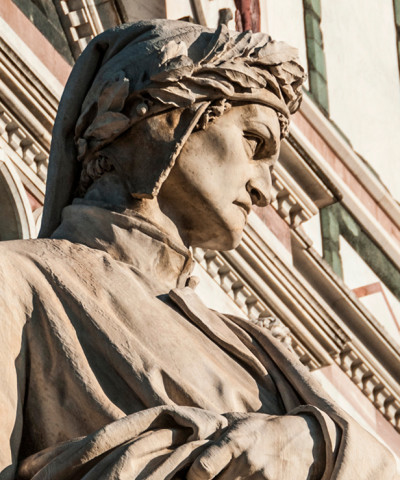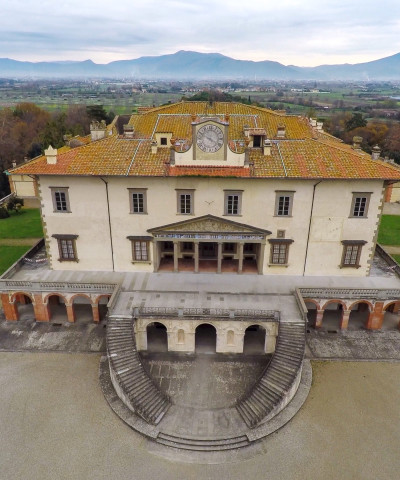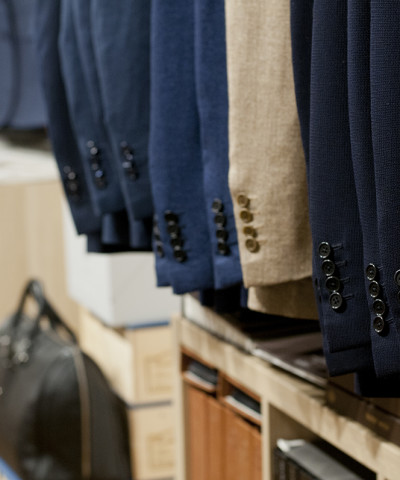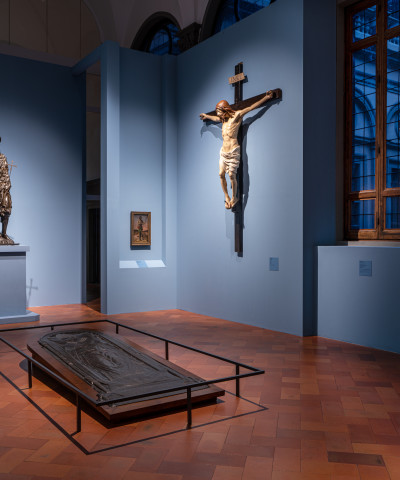The history of Italy by car
From a heated national competition to an elegant re-enactment. The Mille Miglie is back
The automobile is freedom. So said Enzo Ferrari. It’s the possibility to move around, to travel. To discover the beauty of places. With this was born, at the beginning of the last century, speed and its myth. It was at this time that the auto, together with new technological discoveries in communication such as the telegraph, the radio, airplanes, came to change completely the perception of distance and time, both bringing people nearer to one another. The beginning of the 20th century was invaded by a new wind which brought a new reality to human beings: speed, exactly. Marinetti, Boccioni, Carrà, Balla, Severini and Russolo had already, in 1910, signed the futurist painter’s manifesto. And it’s fitting that at the beginning of that century myth became reality by way of racing. In Brescia in 1929 the 1000 Miglia was born, from where the race took off and in the form of a figure eight, going to Rome and back, for a distance of exactly 1000 miles. A unique race, without stops, exploring Italy along the way.
But if the automobile in its daily use represents one of the principal elements with which to do tourism, with which to go and discover the beauty of nature, of the country and the city, itself, with its esthetic characteristics, becomes a thing of beauty which blends with the surroundings. And also for the historic commemoration of the 1000 Miglia Tuscany represented—with its roads, its landscape, and its art locales—a unique itinerary where the harmony of place is melded perfectly with the design of the 382 automobiles in competition. From Castiglione d’Orcia, Montalcino, San Giovanni d’Asso, Buonconvento, to the Piazza del Campo in Siena where there were unleashed not the horses of the Palio but those of motors. And then Monteriggioni, crossing the Chianti to San Casciano Val di Pesa where the participants stopped for refreshment. A course whose curves were made famous by many duels between the car racing champions.
Returning on the Cassia after five years of absence in the historic commemoration editions. And then Florence, passing over the Ponte alle Grazia, with the Ponte Vecchio in the background, heading to the Bolognese and arriving in Bologna by way of the Futa pass. The Florentine crews were ten, among which Stefano Ricci with Filippo Scarpelli, Gilberto and Andrea Focardi, Mauro Lotti, Ermini, Massimo Massai and Lisa Ragionieri, Claudia Tagliaferri and Elisa Panzeri, Marcello Fratini with the champion Roberto Benelli. First classification for the Florentines was Niccolò Ricci with Elisabetta Bardelli on board a 1933 Aston Martin Les Mans, 46th in the general classification. Among the stars, Matthias Müller, president of Porsche, with a 1954 car from the house of Stuttgart; Adrian Hallmark, general director of Jaguar Cars Limited; Dieder Zetsche, president of Mercedes Benz Cars in a 1955 “seagull’s wing”; Kark Scheufele, president of Chopard and world sponsor of the race; and Alberto Bombassei ,Vice-president of Confindustria. Defending the Italian flag as both pilot and maker was the president of the Fiat Group, John Elkann, who with his wife Lavinia Borromeo as navigating co-pilot, traveled the 1600 kilometers on board a Fiat 8V, a small sporty sedan built in limited series between 195 and 1954. This first experience of theirs was recounted interestingly via real-time Twitter posts.






